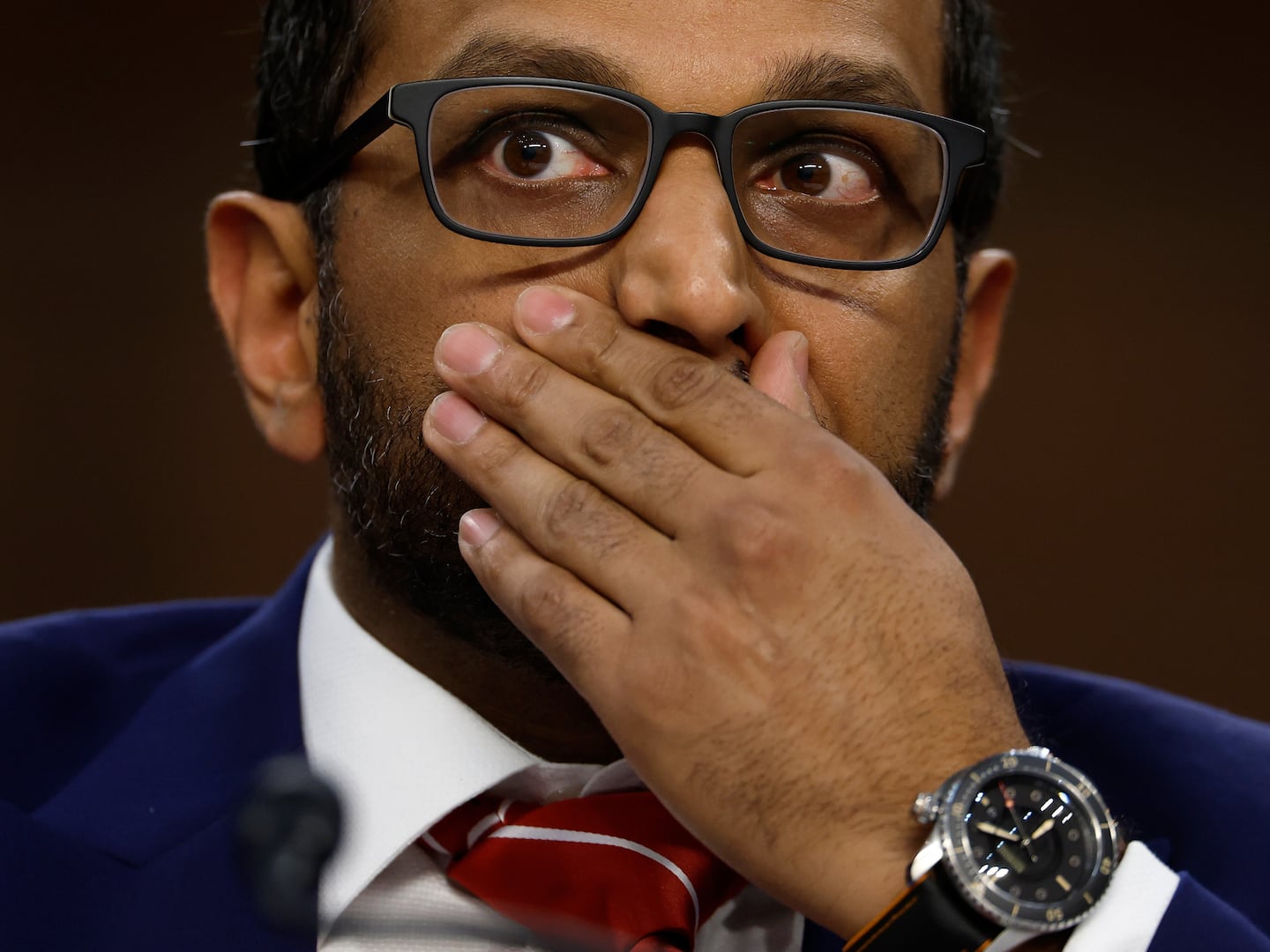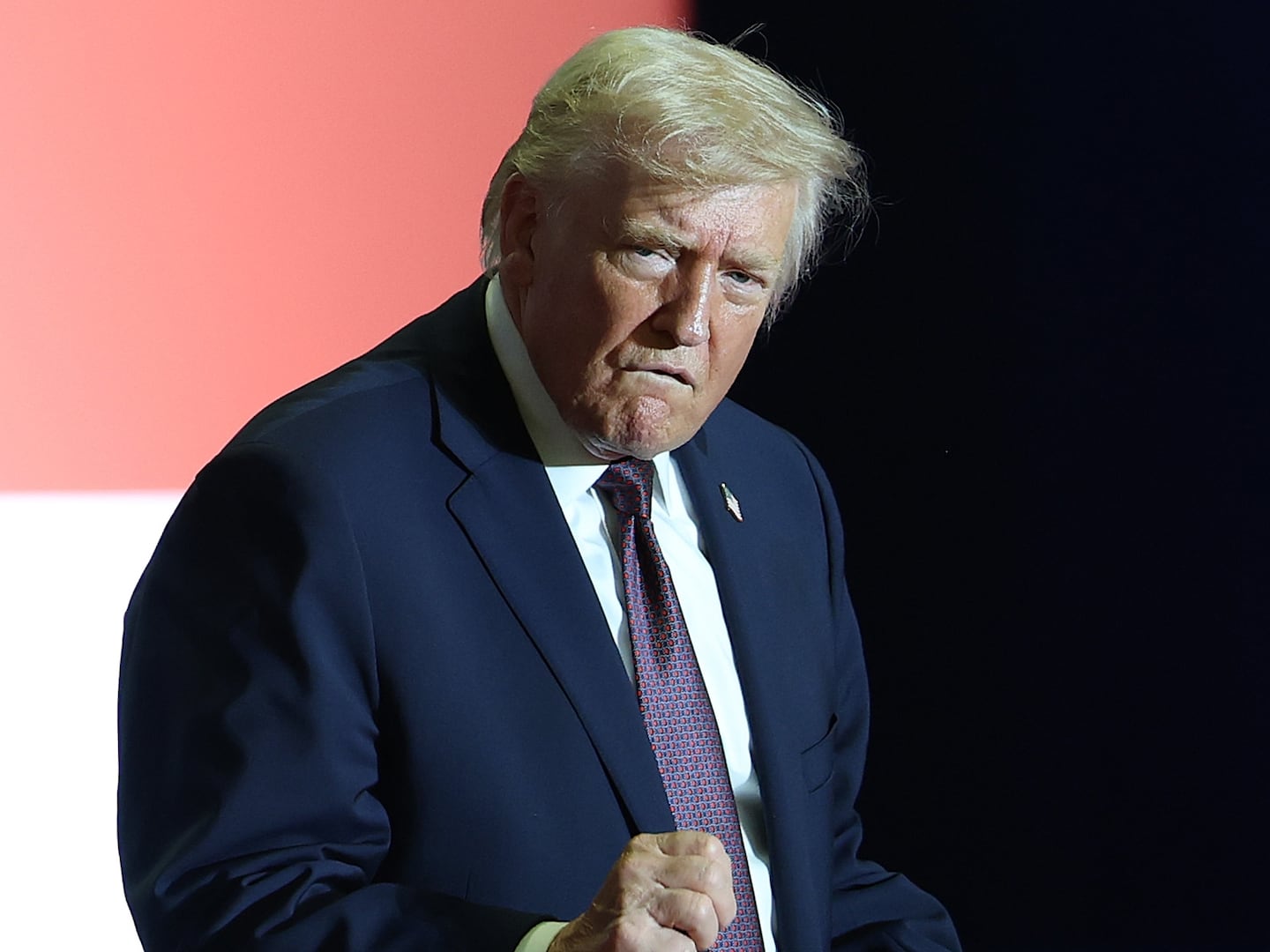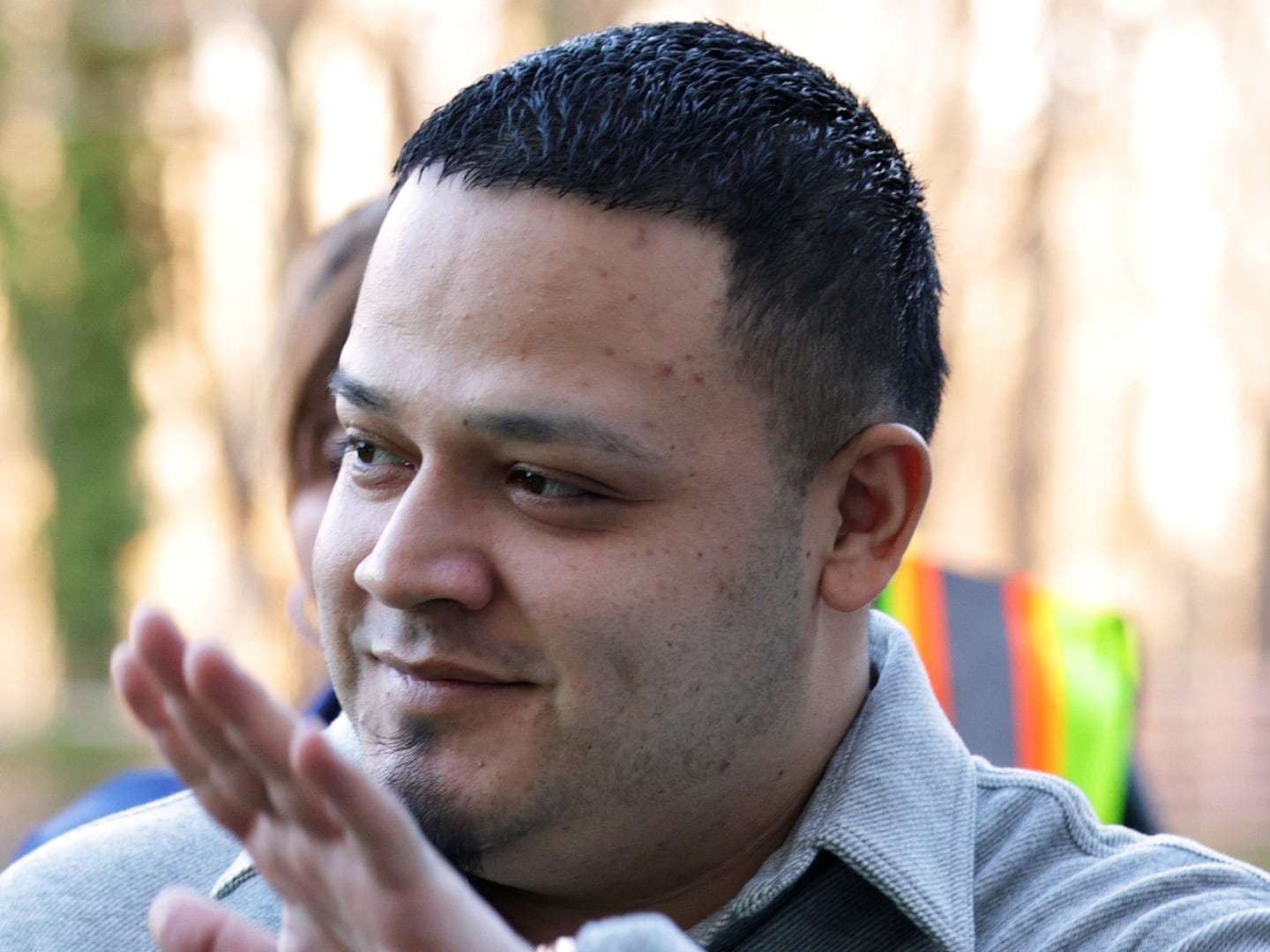TIJUANA—After a long day of driving and livestream reporting from the narco hotbed of Guerrero state, Cecilio Pineda Birto took his dusty car to a local carwash in the sleepy little riverside town of Pungarabato on Thursday evening.
There, while Pineda was resting in a hammock and waiting for his newly washed car, two men opened fire on him then fled the scene on a motorcycle with the murder weapon in hand.
But the closest witnesses to the attack—the carwash attendants—were not questioned by authorities, as they immediately went into hiding, state attorney general Xavier Olea Peláez said.
First responders were unable to revive the journalist, who had reported for local and national media outlets like La Voz de Tierra Caliente and El Universal. He was soon after pronounced dead, just past 7:30 p.m.
Pineda covered the crime beat and had made a name for himself as a fearless journalist working to keep his community informed, often livestreaming on-the-scene reporting to his more than 31,000 Facebook followers, as he did on Thursday, just hours before his death.
That afternoon, while driving along a Guerrero highway, cellphone in hand, he complained in a livestream about the local and state government’s inaction, corruption, and collusion with dangerous and organized criminals—as he so often did.
His target in what would be his final video was Raybel Jacobo de Almonte, a criminal more commonly known as El Tequilero—the subject of an ongoing, statewide, months-long, failed manhunt. More specifically, he spoke out against the authorities and public officials who are believed to grant Almonte official protection and collude with his criminal underlings.
“Even the hitmen for El Tequilero … have revealed his location,” Pineda said, referring to the feared criminal organization known as Los Tequileros. “The government does not want to arrest them, even though they know exactly where they are.”
“They know where El Tequilero is. They know who El Tequilero is with right this moment. And the hitmen are informing on where the safe houses are. But, still, no, even with that information they are refusing to go after them,” he said while driving, sharing a combination of common knowledge and news he had gathered in the course of his reporting.
“I understand,” he said, expressing sympathy for some of the authorities who were refusing to act. “Only those of us who have survived attacks or kidnappings and have been threatened understand the situation.”
The former mayor of Pungarabato, where Pineda was murdered, was ambushed on a highway and executed last July after announcing that he had been threatened repeatedly by organized crime. His driver and one other civilian were killed in the ambush, and two federal police escorts also were injured.
Pineda often denounced threats of violence against him and his family. And, in fact, had himself narrowly escaped with his life a year and a half ago when armed men broke into his home, threatening his pregnant wife and young son while the reporter happened to be away.
In the nearby city of Taxco de Alarcón, the journalist Francisco Pacheco Beltrán was gunned down in front of his home on a Monday morning last April. He too had gone after authorities and criminals alike.
In Pineda’s final reports, he reminded the guerrerenses of the widespread collusion of state authorities with El Tequilero, which has created an atmosphere of crisis. Nearly 100 schools closed their doors last week across the state, joining dozens that have remained shuttered for weeks, in protest against the impunity the authorities have allowed El Tequilero and the violence affecting daily life in Guerrero.
“I’m just telling you what I know, and what I’ve heard, and the information that I’ve gathered,” Pineda said, while reminding his audience that local mayor-turned-state-congressman Saúl Beltrán Orozco of Mexico’s ruling PRI, or Institutional Revolution Party, has personal and provable ties to El Tequilero.
The prominent politician was among those in attendance at the party for El Tequilero’s son’s baptism, Pineda reminded his viewers, referring to a video filmed in 2014 during the celebration in San Miguel Totolapan.
In the video, Orozco, who at the time was the town mayor, can be seen seated at a table with El Tequilero chatting with one of the state’s most wanted men.
A half-dozen men stood guard holding machine guns—cuernos de chiva, or “goat’s horns” as they are known colloquially because of the curved magazines of the AK-47s. The mayor-turned-congressman grabbed the microphone, as the video shows, to personally thank the wanted man, whom he called “my friend El Tequi.”
Yet, despite this irrefutable evidence, Orozco still insists that he does not know the drug gang leader, and he continues to enjoy political protection while claiming he’s the one being persecuted.
***
On the coast of Guerrero state in the once internationally popular resort of Acapulco, which has been declared among Mexico’s five most violent cities year after year, dozens of journalists and community members held a protest Friday to mourn Pineda’s loss and demand increased safety in the state. They pinned a large black ribbon—the symbol of loss—on the door of the prosecutor’s office.
But as Pineda’s corpse was delivered to the city of Iguala on Friday, the country at large was reminded of the complicated reality of life in Guerrero—and indeed life in several of Mexico’s most drug-war-torn states.
Iguala made international headlines in 2014 as the site of the disappearance and all but certain mass-execution of 43 rural teaching students, bringing Guerrero into the spotlight as a state where officials of the highest authority—from local and state police, to the mayor and the governor’s office—have been proved to be allies of organized crime.
The scandals surrounding the failed investigation into what happened to the students, who the government claims were mass-incinerated in a garbage dump—an investigation which independent forensic specialists resoundingly declared had been “sabotaged” by the Mexican government—have not yet faded from memory.
But the tragedy has left no real lasting impact on the country’s political class, and has become little more than a minor blemish—one of many—on President Enrique Peña Nieto’s record.
In Guerrero, in the final weeks of 2016 as the supposed manhunt for El Tequilero was under way, autodefensas or self-defense militias formed to combat the Tequileros. Such groups have become common in other central Mexican cartel hotbeds, like neighboring Michoacan, where hundreds of citizens have taken up arms in recent years to combat two faces of the same criminal coin: the authorities, and the cartels.
In January, during a march through the town of San Miguel Totolapan, community members dressed in white and with covered faces demanded peace, lambasting the authorities’ protection of and collusion with El Tequilero.
The names of the wanted criminals and the cities in conflict often change, but this story stays the same, and continues to play out predictably, over and over again, in Mexico—a country that human rights observers and activists have labeled a failed “narco state.”
And unfortunately for those tasked with informing the public, their enemies clearly will stop at nothing to silence them. Last year became the most dangerous on record for journalists in Mexico since the start of its decade-long drug war in 2006, with an average of one journalist killed each month over the course of the year.
But this is not a new phenomenon, and, in fact, since 2006 more than 80 journalists have been killed in direct retaliation for their important work in Mexico.
Dozens more also disappeared or were killed, but press protection organizations often count only those whose murder can be directly, unequivocally, linked to their work.
Two weeks ago, a reporter in Colima, Carlos Alberto García, was ambushed by armed men and peppered with bullets, taking three fatal shots to the chest. He, for example, will not be included in this year’s final tally, which will likely follow the same upward trend observed in recent years—a trend toward impunity and official inaction.
Juan Vázquez, a spokesman for press freedom organization Article 19, lamented Pineda’s “reproachable” murder in a telephone interview on Friday, as well as that of the Colima journalist his organization will not be able to include in the tally, as there is no clear line between his reporting and his death.
“These cases cannot continue to be met with more impunity,” Vázquez said. “We will continue to demand that the government take action to guarantee the safety of journalists in Mexico, and to work to improve the conditions that make Mexico one of the most dangerous places in the world to be a journalist.”
“Mexico—unlike Syria, Iraq or Afghanistan, which are also very dangerous countries for journalists—is not a country that recognizes that it is engaged in any official war,” Vázquez noted. “But our situation is very unique, in that we are certainly at war, however unrecognized.”
“The pillar of democracy, the right to a free press, is being denied in Mexico,” Vázquez said. “When a journalist is killed, it silences the truth. And the more journalists are killed, the less free truth can be.”
“This leaves the country’s people uninformed about their reality. And without that information, Mexico becomes a silence zone, with an uninformed public that stops asking questions and demanding their rights,” Vázquez noted.
Noticias Tierra Caliente lamented the loss of their fallen colleague after reporting on the news, and said they will “always remember” Pineda.
“Even if it was dangerous, he kept the people informed,” the outlet wrote in a statement. “He was the best journalist in Tierra Caliente.”
“May he rest in peace.”






